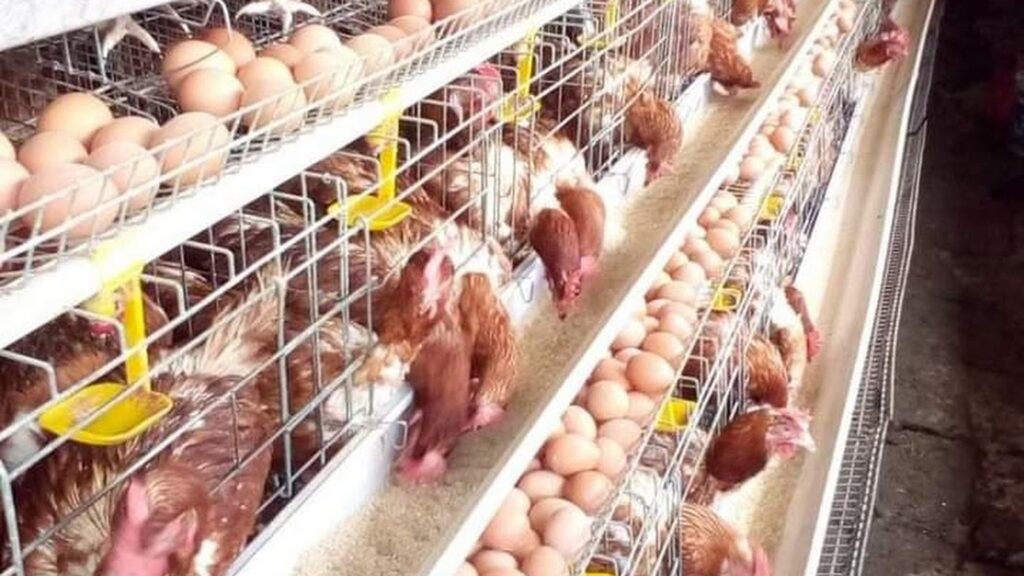Battery cages are a housing system used for commercial poultry production. Here are the main types of battery cage systems:
- Conventional battery cages: These are the most common type of battery cages used in commercial egg production. The cages are usually made of steel and are arranged in long rows, with multiple tiers. Each cage houses between 4 and 10 birds, depending on the size of the cage.
- Enriched or colony cages: These are an improved version of the conventional battery cages, with more space per bird, additional features such as perches and nests, and better air quality. Each colony cage can house up to 60 birds and provides more room for movement and expression of natural behavior.
- Furnished cages: These are similar to enriched or colony cages, but with additional features such as a dust bath, a litter area, and more room for movement. They provide more space and opportunities for natural behavior expression than conventional battery cages.
- Unfurnished cages: These are similar to conventional battery cages, but with more space per bird, usually about 50% more. They do not have additional features such as perches or nests.
- Free-range: This is a housing system in which birds are allowed to move freely in an outdoor area during the day, while still being housed in a battery cage at night. This system provides birds with more space, fresh air, and natural daylight exposure, which can improve their health and welfare.
Each type of battery cage system has its advantages and disadvantages in terms of bird health, welfare, and productivity. It is important for producers to carefully evaluate each system before choosing the most appropriate one for their operation.

